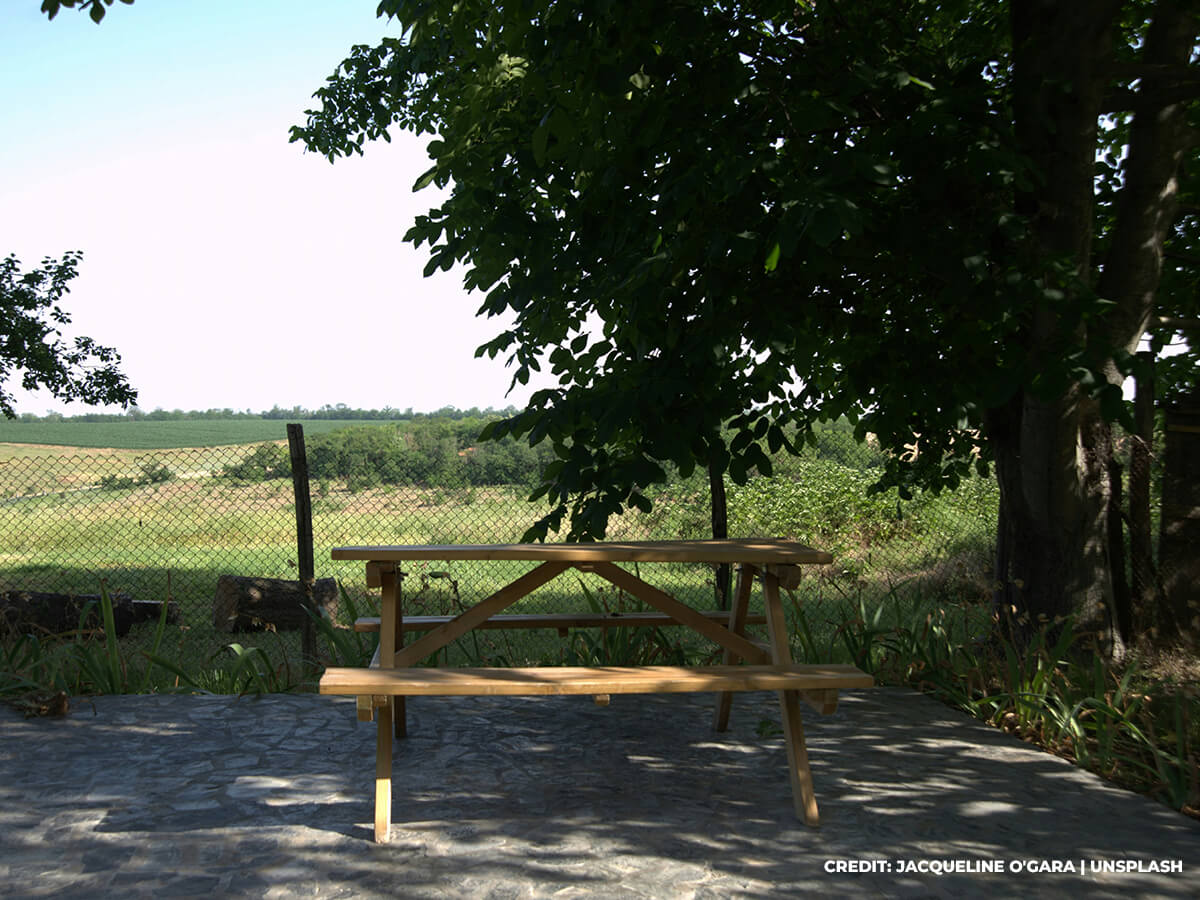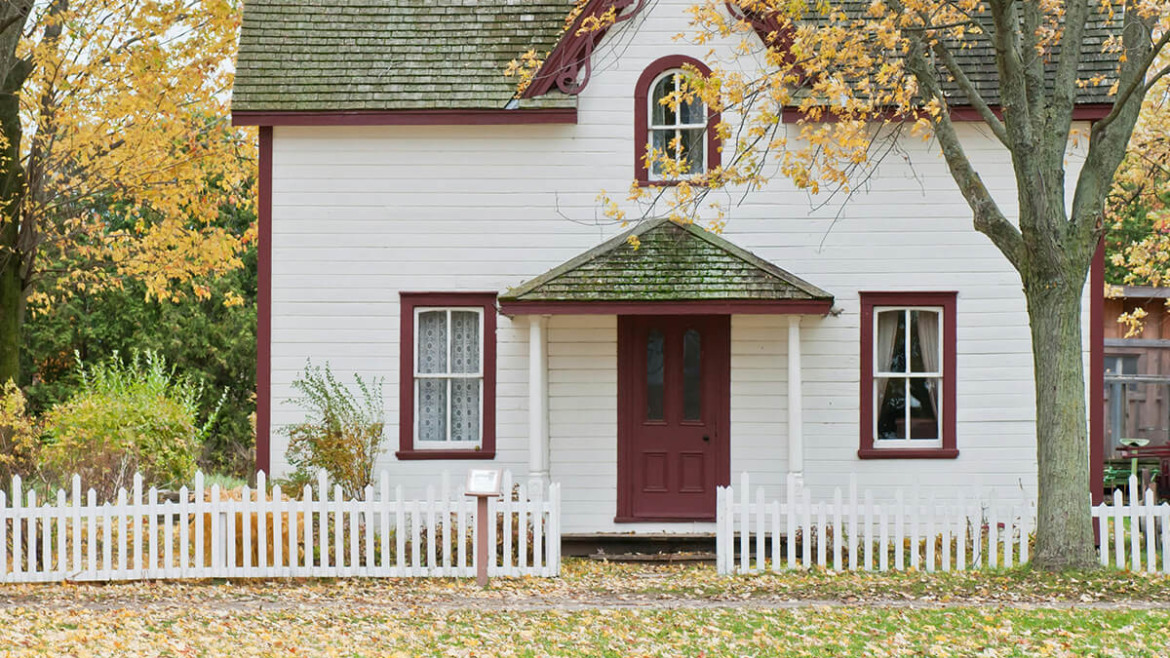The air we breathe is a vital element for our well-being; yet one problem with our air in our increasingly urbanised world is that it can often be laden with pollutants. Fortunately, nature offers us a powerful and aesthetically pleasing solution: trees. These silent giants work tirelessly (employing a range of fascinating mechanisms to naturally purify the air surrounding your home), thereby contributing to a healthier and more pleasant living environment. If you were looking for more reasons to invest in a tree for your home, here’s a short guide to how trees improve your home’s air quality.
1. Photosynthesis: The Oxygen Factory
Perhaps the most well-known air-purifying function of trees is photosynthesis. During this essential process, trees absorb carbon dioxide (CO2) from the atmosphere, along with sunlight and water. They then convert these elements into glucose (plants’ food source) and release oxygen (O2) as a byproduct. This exchange is fundamental to life on Earth, as it replenishes the oxygen we need to breathe and helps to mitigate the effects of greenhouse gases. By planting trees around your home, you are essentially establishing small, local oxygen factories that continuously refresh the air (and keeping the air you directly breathe fresh and clean).
2. Absorption of Pollutants
Beyond carbon dioxide, trees can also absorb various other harmful pollutants present in the air. Their leaves and bark act like natural filters, trapping particulate matter (such as dust, pollen, and smoke) that could affect your health. Some tree species are particularly effective at absorbing gaseous pollutants like sulfur dioxide (SO2), nitrogen oxides (NOx), and ozone (O3). These pollutants can originate from vehicle emissions, industrial activities, and even household products. As a rule, the larger the leaf surface area of the trees around your home, the greater their capacity to capture these airborne contaminants.
3. Sequestration of Heavy Metals
Certain trees possess the remarkable ability to absorb and store heavy metals from the soil and air. These metals (such as lead, cadmium, and mercury) can be detrimental to human health if they accumulate in our bodies. Through a process called phytoremediation, trees can take up these toxins and either store them in their tissues or transform them into less harmful substances. While this process primarily cleanses the soil, it also indirectly contributes to cleaner air by preventing the resuspension of contaminated dust particles.
4. Release of Phytoncides
Trees emit volatile organic compounds (VOCs) known as phytoncides (which are essentially their natural defence mechanisms against insects and disease). Interestingly, some studies indicate that these compounds have also been shown to have positive effects on human health. Breathing in phytoncides can reduce stress levels, lower blood pressure, and boost the immune system. Forest bathing (the term for spending some time immersed in the atmosphere of a forest) is a practice that harnesses these beneficial effects. Having trees around your home can bring a touch of this therapeutic forest environment to your daily life.

5. Temperature Regulation and Reduced Smog
Trees play a significant role in regulating local temperatures. Through transpiration (the process by which they release water vapour from their leaves) trees cool the surrounding air. This cooling effect can be particularly beneficial in urban areas, where the urban heat island effect can lead to significantly higher temperatures compared to rural areas. Lower temperatures can also reduce the formation of ground-level ozone (which is a major component of smog) which is harmful to respiratory health. The shade provided by trees further contributes to cooling, (thereby reducing the need for air conditioning) and consequently lowering energy consumption and associated air pollution.
6. Windbreak and Dust Reduction
Strategically planted trees can act as natural windbreaks, reducing wind speed around your home. This is particularly useful in areas prone to dust storms or high winds carrying pollutants. By slowing down the wind, trees also help to prevent the resuspension of dust and other particulate matter, keeping the air around your home cleaner and reducing the amount of airborne allergens that could affect your health.

7. Creation of Green Spaces
Beyond their direct air-purifying capabilities, trees contribute to the overall health of the environment by creating green spaces. These areas support biodiversity, provide habitats for wildlife, and enhance the aesthetic appeal of our surroundings. Studies have shown that access to green spaces can have positive impacts on mental health and well-being, encouraging outdoor activity and reducing stress, which indirectly contributes to a healthier lifestyle and potentially a greater awareness of environmental quality.
—
In conclusion, trees are invaluable allies in our quest for cleaner air. More than contributing to your home’s privacy or curb appeal, they’re also essential components of a healthy and sustainable living environment. By thoughtfully incorporating trees into your landscaping, you can create a natural air purification system right outside your doorstep, contributing to a healthier and more enjoyable life for yourself and your community.
When you need trees at home to beautify your landscape and purify the air, Caledon Treeland has you covered. We carry a wide range of tree species to suit your needs and your conditions at home, ensuring you get a tree that provides plenty of shade and fits in well with the area you live. Call us now at (905) 880-1828 to make an appointment to see our tree farm.

